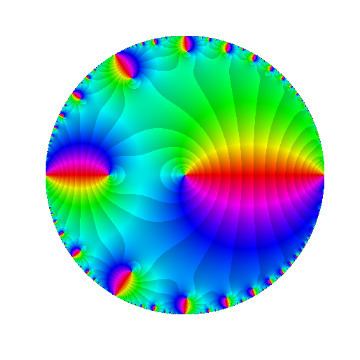 | ||
In mathematics, a Lambert series, named for Johann Heinrich Lambert, is a series taking the form
Contents
It can be resummed formally by expanding the denominator:
where the coefficients of the new series are given by the Dirichlet convolution of an with the constant function 1(n) = 1:
This series may be inverted by means of the Möbius inversion formula, and is an example of a Möbius transform.
Examples
Since this last sum is a typical number-theoretic sum, almost any natural multiplicative function will be exactly summable when used in a Lambert series. Thus, for example, one has
where
For the higher order sigma functions, one has
where
is the divisor function.
Lambert series in which the an are trigonometric functions, for example, an = sin(2n x), can be evaluated by various combinations of the logarithmic derivatives of Jacobi theta functions.
Other Lambert series include those for the Möbius function
For Euler's totient function
For Liouville's function
with the sum on the right similar to the Ramanujan theta function.
Alternate form
Substituting
where
as before. Examples of Lambert series in this form, with
Current usage
In the literature we find Lambert series applied to a wide variety of sums. For example, since
as a Lambert series, assuming that the parameters are suitably restricted. Thus
which holds for all complex q not on the unit circle, would be considered a Lambert series identity. This identity follows in a straightforward fashion from some identities published by the Indian mathematician S. Ramanujan. A very thorough exploration of Ramanujan's works can be found in the works by Bruce Berndt.
